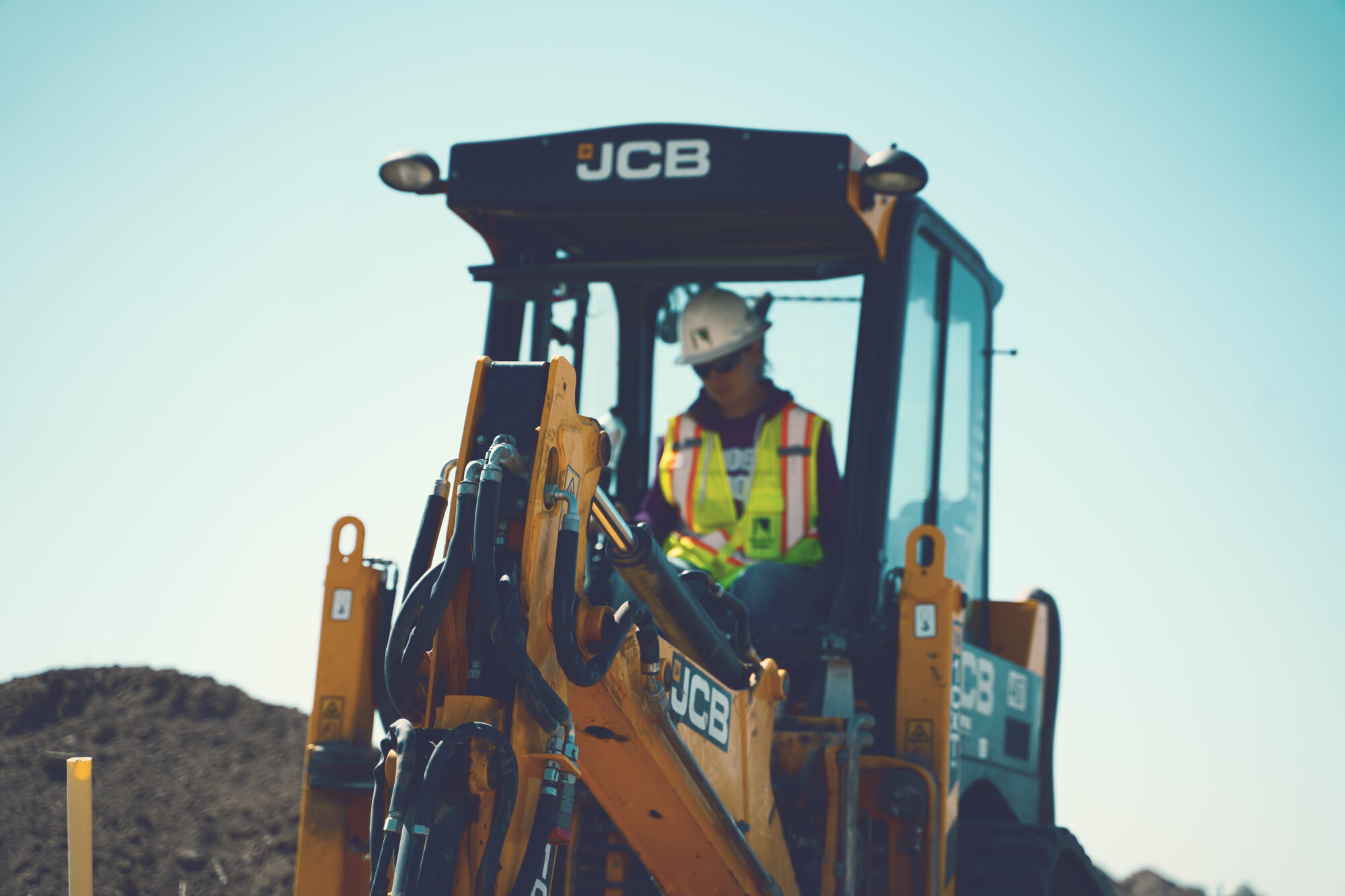Utility construction, the silent force that underlies modern societies, has a rich history that spans civilizations and technological eras. Join us on a fascinating exploration through time as we uncover the evolution and milestones of utility construction, from ancient innovations to the present-day infrastructure that powers our world.
1. Ancient Ingenuity: Waterways and Aqueducts
The roots of utility construction trace back to ancient civilizations, where ingenious engineering addressed the fundamental need for water. Roman aqueducts, such as the Pont du Gard, exemplify early utility construction, showcasing the mastery of channeling water over vast distances.
2. Medieval Marvels: Mills and Water Management
In the medieval period, utility construction played a crucial role in harnessing natural resources. Watermills, exemplified by structures like the Barbegal Aqueduct and Mill in France, became pivotal in powering various industries, marking an era where utility construction intertwined with economic development.
3. Renaissance Innovations: Canals and Urban Planning
The Renaissance period witnessed a resurgence of interest in urban planning and infrastructure development. The construction of canals, exemplified by the Canal du Midi in France, demonstrated how utility projects could shape cities, facilitate transportation, and contribute to economic growth.
4. Industrial Revolution: The Rise of Utilities
The Industrial Revolution marked a turning point for utility construction. Innovations in steam power, coupled with the demand for efficient energy sources, led to the construction of early power plants and electricity grids. The creation of utility infrastructure became synonymous with progress and industrialization.
5. 20th Century Advancements: Electrification and Modernization
The 20th century saw a widespread electrification revolution. Utility construction played a pivotal role in building extensive electrical grids, ensuring power accessibility for homes, industries, and cities. This era also witnessed the construction of vast water and sewage systems that transformed urban living.
6. Technological Revolution: Digital Utilities and Smart Infrastructure
As we entered the 21st century, utility construction embraced the digital age. Smart grids, advanced metering systems, and digital infrastructure became integral, enhancing efficiency, reducing environmental impact, and shaping the landscape of modern utility construction.
7. Sustainable Futures: Eco-Friendly Utilities
In the present day, utility construction is at the forefront of sustainability efforts. The focus has shifted to green energy projects, environmentally conscious water treatment facilities, and resilient utility infrastructure that can withstand the challenges posed by climate change.
8. Looking Ahead: Utility Construction in the 21st Century
As we look ahead, utility construction continues to evolve. From integrating renewable energy sources to enhancing resilience against natural disasters, the future holds promises of innovative solutions that will shape how we harness and distribute essential resources.
In retracing the history of utility construction, we gain a profound appreciation for the role it has played in shaping societies, fostering progress, and meeting the evolving needs of communities. As we stand on the shoulders of centuries of utility construction, we anticipate a future where innovation and sustainability will continue to drive this essential industry forward.

